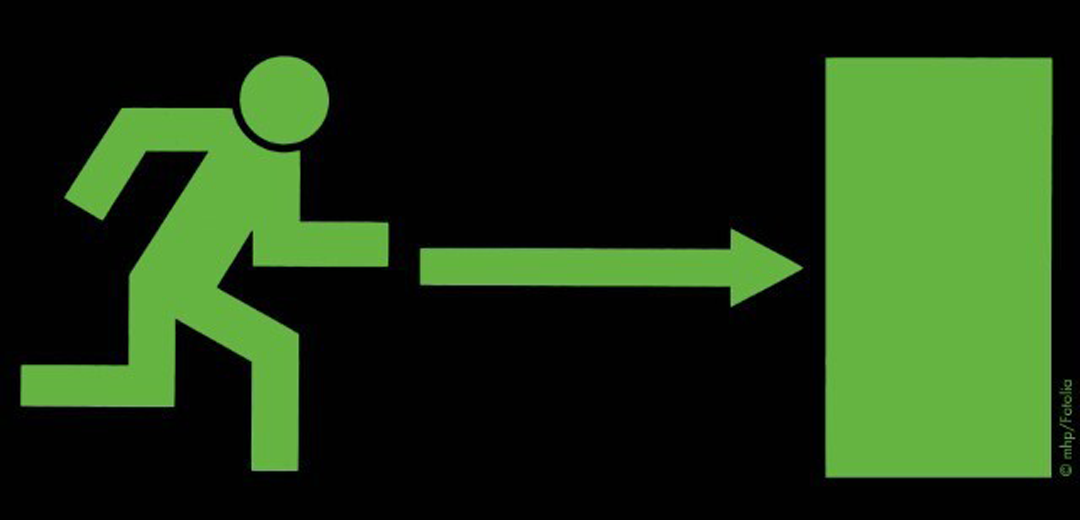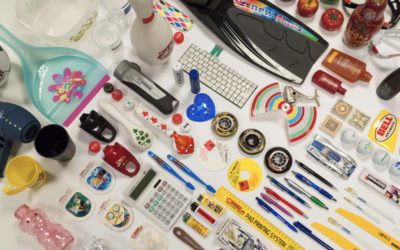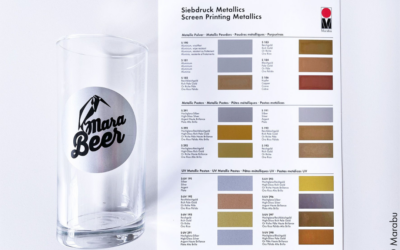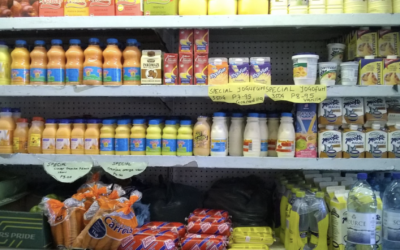Speciality inks extend far beyond metallics and can be printed on so much more than just paper. They offer a broad range of unique effects like glow-in-the-dark, scents, temperature-responding colors, and texture.
There are countless use cases for specialty inks. We’ve rounded up a few to get your creativity flowing when advising your clients.
1. Convey a Sense of Luxury or Exclusivity
Imagine you’re standing in a boutique beverage store, staring at a wall lined with bottles of specialty vodka, scotch, gin, and tequila. None of the names or brands are familiar, but several bottles catch your eye. A few minutes later, you make your purchase and walk out more than a few dollars poorer, but with an unspoken promise that your pre-dinner cocktails will be more impressive and exciting.
Take a look at the most expensive alcohol bottles the next time you’re at the store or waiting at a restaurant. Specialty inks capture attention, create a sense of luxury, and stand out from competitors.
Alcohol companies know that if you’ve never heard of them before and aren’t offered a taste-test, something that sets them apart and creates a sense of luxury and exclusivity (and justifies their price) is the visual effect of their bottles. One way the luxury spirits industry does this is with specialty inks—particularly those that can be printed directly on the bottle and not a sticker label. Matte or frosted finishes, gold script, and raised textured lettering all give an air of sophistication that captures a consumer’s attention.
2. Facilitate Ease of Use and Accessibility
While a high-end vodka might use specialty inks to evoke a certain feeling, other industries or organizations use specialty inks for more practical purposes that make products or services easier to use or more widely accessible.
Some inks or specialty varnishes created a raised, textured feeling to call attention to certain areas of the printed surface. This produces a “haptic effect” that can be used, for example, to print signage text in braille for those with limited sight. They are used on car consoles to make regularly-used buttons or knobs easier to find while driving, when attention should be on the road and not hunting for the volume knob, temperature control, or window button.

Inks that produce a structure, matte, or gloss effect create a tactile experience that companies often take advantage of to make products or services easier to use.
Credit card companies use specialty inks to make individual cards easier to find amongst the several other credit cards in your wallet. Credit cards are made of a plastic resin “core,” laminated with multiple layers of additional thin plastic. Credit card companies, like VISA and AMEX, use specialty inks for the “signature” color of their card core, as well as other specialty inks to create the eye-catching, glossy, metallic sheens on the surface of the cards.
Credit card companies use specialty inks to make their cards stand out and easier to locate
in your wallet or purse.
3. Ensure Safety
Runners and cyclists who venture out in the late evenings or early mornings wear sportswear printed with bright fluorescent and luminescent inks to make sure they are seen by motorists. Public buildings also often use luminescent inks that glow in the dark to indicate exits or other signage that can be seen in outages or low light.


Specialty fluorescent and luminescent inks are often used together when the
goal is to capture attention for safety reasons.
Gone are the days when parents had to “test” the temperature of their babies’ milk on the inside of their wrist or elbow. Baby bottle manufacturers now can use inks that change colors in response to temperature, so caregivers can visually see if the milk is too warm or too cold. Same goes for special bath toys that can indicate whether bath water temperature is outside of a safe range.
4. Create Dramatic Effect and Experience
And of course, specialty inks are used purely for dramatic effect or to enhance an overall experience. Scented inks, for example, are formulated to include tiny little scent capsules, and the fragrance is released by abrasion or friction (think scratch and sniff stickers). Candle makers or perfume manufacturers use this to showcase their fragrance offerings.
These types of inks can be used in the medical field for testing and diagnosis. The Brief Smell Identification Test uses a series of scratch-and-sniff panels to test for smelling loss in patients with illnesses like rhinosinusitis and COVID-19.
This test booklet includes a number of different scented panels to test for smelling loss. The test taker releases the scent by gently scratching each panel.
There are countless other ways to use specialty inks to grab attention, convey information, or create a desired feeling or effect. At Marabu we provide a broad range of specialty inks and love the challenge of helping figure out how to turn creative ideas into reality.
We can assist you with determining the specific ink type for your project, our experts can advise on the more technical aspects of using specialty inks for your project—like appropriate mesh counts and emulsions—to achieve the best results.
You can reach out to us directly or through our online contact form to learn more. You can check more printing designs here.




